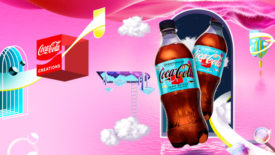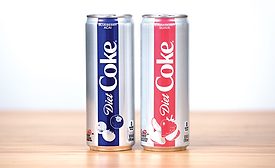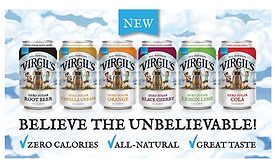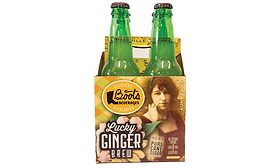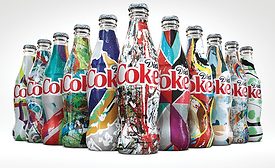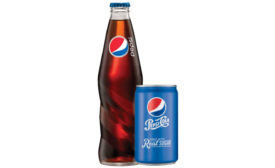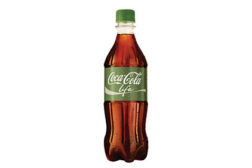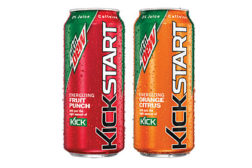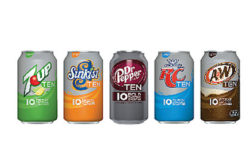Home » Keywords: » soft drink report
Items Tagged with 'soft drink report'
ARTICLES
Traditional carbonated soft drinks fall flat amongst consumers
Read More
2019 Soft Drink Report: Occasional consumer offers potential for market
Diets see resurgence following Diet Coke’s flavors, return of original Diet Pepsi
April 19, 2019
2018 Soft Drink Report: Carbonated soft drink manufacturers adapt to formulation, engagement trends
Millennials, iGeneration could offer potential to category
April 11, 2018
2017 Soft Drink Report: What’s next for carbonated soft drinks?
Despite category’s decline, craft soda and ginger ale are bright spots
April 10, 2017
2016 Soft Drink Report: Soft drink sales decline, craft soda has potential
Health-and-wellness trends challenge CSD category
April 11, 2016
2015 Soft Drink Report: Carbonated soft drinks innovate with packaging to appeal to consumers
All-natural soft drinks could be solution to declines
April 10, 2015
2014 Soft Drink Report: Carbonated soft drink brands respond to health concerns with sweetener research
Category also expands into new formats, usage occassions
April 11, 2014
2013 Soft Drink Report: Refreshing the carbonated soft drink category
Hard environment presents opportunities for CSDs
April 11, 2013
2012 Soft Drink Report
Reinventing soft drinks, strategies to re-entice consumers
April 13, 2012
Elevate your expertise in the beverage marketplace with unparalleled insights and connections.
Join thousands of beverage professionals today. Shouldn’t you know what they know?
JOIN NOW!Copyright ©2025. All Rights Reserved BNP Media.
Design, CMS, Hosting & Web Development :: ePublishing
